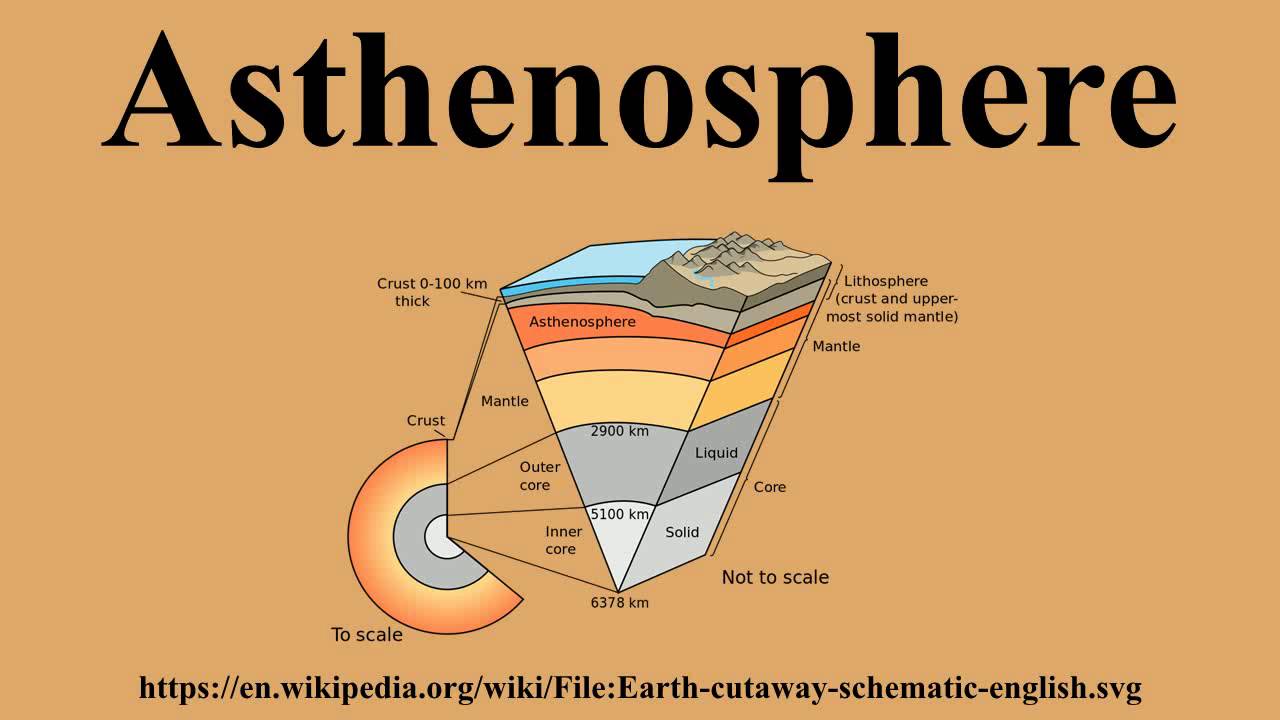The Vernal Equinox which is always in the Northern Hemisphere is considered to be an Autumnal Fall Equinox. Do not take Vernal Equinox facts wrong. Most of these equinoxes of the Sun would shine and this is going to occur directly on the length of the equator itself. This is the usual time when day and night are fairly equal to each other. However, they are not quite and that sets the difference. Most of the time, it would be the March equinox which will be marking the moment of the Sun in crossing the celestial equator. There an imaginary line here which is just situated in the sky above. This may occur from north to south and then the opposite. This usually arrives in September.
Aside from September, Equinox may also happen in March. This is the chance when the Sun will be shining directly towards the equator. This may be on the length of day and night. There are instances when they are equal too or nearly at some point.
When the sun crosses the Equator, and then that will mark the moment of passing through the celestial equator. This is known to be an imaginary line. This is true for the sky just above the equator of the earth. This normally happens around March 19, 20 and then 21. This may also occur on an annual basis. This may be true in the spring in North, and even fall in South itself. There are solstices and equinoxes which are always on the opposite of each other. This may occur on the equator too. As for the March equinox, this will be referred to as the spring equinox. This is surely there in the Northern Hemisphere and then the autumnal equinox would also take place. This is just present there in the Southern Hemisphere. This is how it normally works.
Why it is even called Equinox anyway? On this Equinox, the mentioned day and night would just be of the same length. This would be 12 hours. This occurs all over the world so everyone is given the chance to experience this once in their life. This is the main reason why it has been given the term equinox. In Latin, this means equal. But then, realistically speaking, Equinoxes do not even have 12 hours daily light to be really exact.
What is going to happen during Equinox? Usually, the axis of the earth will be titled and it will be on the angle of like 23.5. This is somehow related to the ecliptic. This is known to be imaginary in the plane which creates the path of the Earth all over the Sun. This is going to happen all over the year. This may either be in the Southern Hemisphere, or even the Northern Hemisphere. This will tilt just slightly towards that of the Sun. However, on most of the two equinoxes, the tilt of the Earth would be in perpendicular to that of the ray of the sun. This is the difference.


